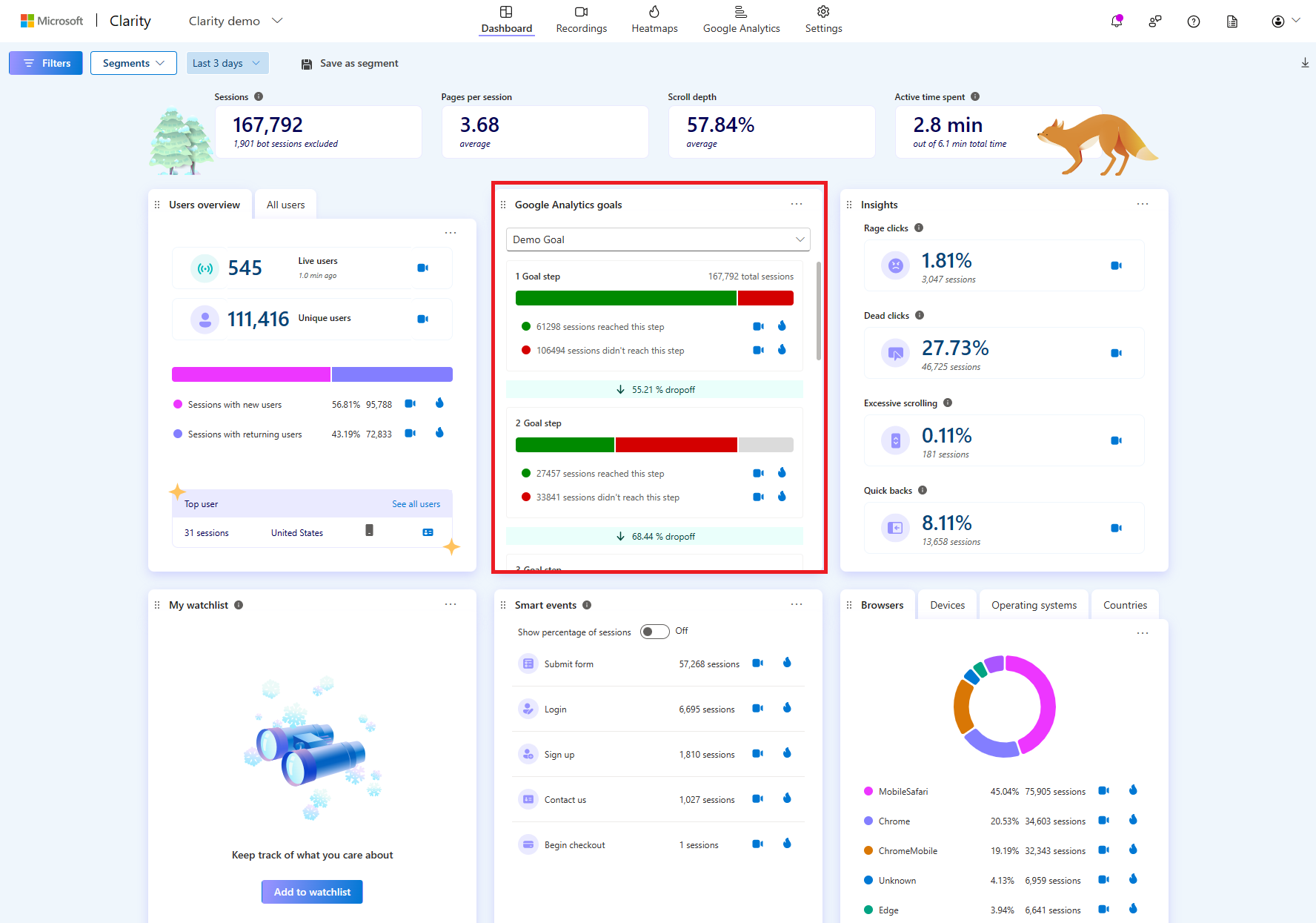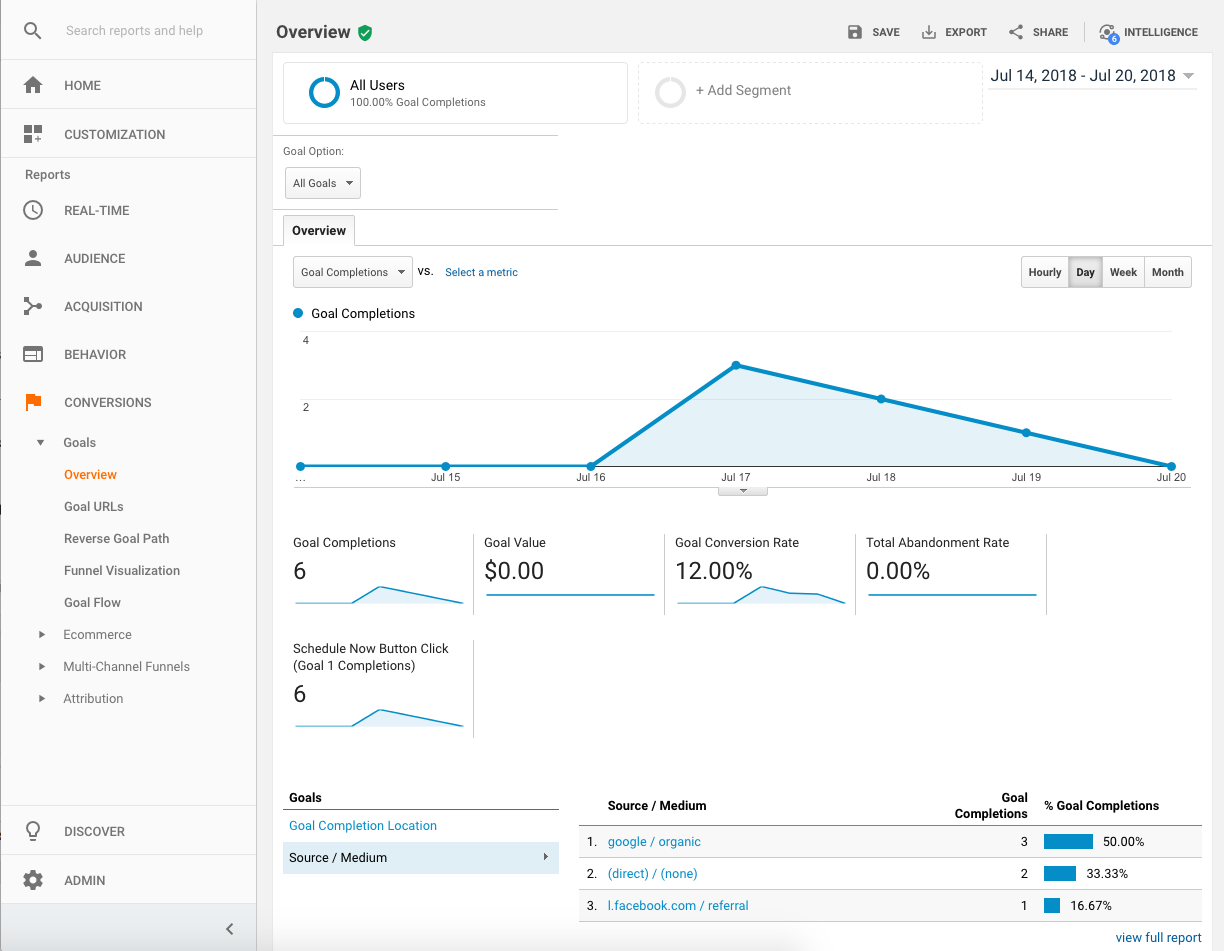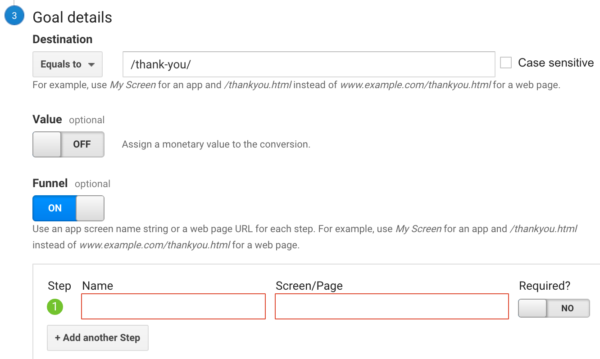Introducing the Blind Spots: Recognizing What Google Analytics Goals Can not Measure
In the world of digital analytics, Google Analytics stands as an effective device for tracking and analyzing on-line customer interactions. In the middle of its durable abilities, there exist blind places that frequently evade measurement. what data is google analytics goals unable to track. Comprehending what Google Analytics goals can not gauge is essential for getting an extensive view of user actions and engagement. As we dive into the intricacies of these blind places, we discover an intricate web of uncharted territories that hold important understandings into user activities and inspirations, tough standard wisdom and clarifying the restrictions of our data-driven understanding.
User Habits on External Platforms
Comprehending how users interact on exterior systems is crucial for enhancing on the internet techniques. Exterior platforms, such as social networks networks, referral websites, and on-line forums, play a substantial duty in driving web traffic to a firm's site. By analyzing customer actions on these systems, businesses can get beneficial understandings into the efficiency of their advertising and marketing efforts and the preferences of their target market.
One trick aspect of customer actions on exterior platforms is the recommendation source. By tracking where the users are originating from, organizations can identify which systems are driving the most traffic to their website. This information can aid firms allocate their resources extra properly, concentrating on the platforms that produce the very best outcomes.

Offline Conversions and Interactions
Analyzing user habits on outside systems offers valuable insights into online approaches; nevertheless, considering offline conversions and communications is just as crucial for an extensive understanding of a firm's total performance. While Google Analytics stands out at tracking online interactions, it drops short in capturing the total client trip that frequently consists of offline touchpoints. Offline conversions, such as in-store acquisitions or phone questions, play a significant duty in several organizations' success. Ignoring these communications can result in a distorted view of the effectiveness of marketing campaigns and overall company efficiency.

Attribution Beyond Last Click
When delving into the realm of electronic marketing analytics, it becomes important to look beyond the solitary touchpoint of the last click for a more detailed understanding of attribution. While Google Analytics offers valuable insights right into customer habits, relying only on last-click attribution can be restricting - what data is google analytics goals unable to track. Attribution versions that exceed the last click provide a much more nuanced sight of the client trip, taking into consideration all the touchpoints that cause a conversion
Acknowledgment past the last click i thought about this permits online marketers to designate credit report to various communications along the conversion course, offering a clearer photo of the effectiveness of different advertising and marketing networks. By discovering multi-touch acknowledgment models such as straight, time degeneration, or position-based acknowledgment, businesses can better designate their advertising and marketing budget plans and optimize their approaches for maximum influence.
Understanding the influence of each touchpoint in the conversion process is crucial for making notified choices and taking full advantage of ROI. By welcoming acknowledgment past the last click, services can obtain much deeper understandings into customer behavior and customize their marketing efforts a lot more efficiently.
Cross-Device and Cross-Browser Monitoring

Similarly, cross-browser tracking enhances cross-device tracking by recording customer habits as they switch in between various internet internet browsers. Comprehending exactly how individuals communicate with websites on numerous web browsers can assist online marketers optimize their on-line experiences to make certain consistency and performance across various platforms.
Qualitative Information and Customer Intent
Comprehending individual intent via qualitative data analysis is crucial for establishing targeted digital advertising and marketing strategies that resonate with the needs and preferences of the target market. Qualitative information offers understandings into the 'why' behind user activities, clarifying motivations, emotions, and choices that measurable data alone can not capture. By analyzing individual comments, remarks, and communications, online marketers can uncover valuable information about customer intent, enabling them to customize their messaging, web content, and offerings to better straighten with what their audience is seeking.
Qualitative information also aids in comprehending the context in which customers engage with a web site or application. This contextual understanding allows marketing experts to develop more appropriate and personalized experiences, eventually More Info driving higher involvement and conversion prices. By delving right into user intent via qualitative data analysis, companies can get a much deeper understanding of their target audience, bring about more reliable advertising and marketing techniques that meet customers' assumptions and requirements.
Final Thought
Finally, Google Analytics goals have limitations in measuring individual habits on outside platforms, offline conversions, acknowledgment beyond last click, cross-browser and cross-device tracking, and qualitative data connected to user intent. what data is google analytics goals unable to track. It is necessary for organizations to be knowledgeable about these blind places in order to my explanation supplement their data evaluation with various other devices and techniques to get a much more comprehensive understanding of their target market and boost their total electronic advertising and marketing methods
By assessing user actions on these systems, businesses can gain important insights right into the effectiveness of their marketing efforts and the preferences of their target audience.
Evaluating user habits on exterior platforms supplies important understandings into online techniques; however, considering offline conversions and interactions is equally critical for a comprehensive understanding of a company's general efficiency.In electronic advertising analytics, moving beyond last-click acknowledgment to explore cross-device and cross-browser monitoring is essential for gaining a holistic understanding of individual communications throughout various systems and devices. By evaluating user comments, remarks, and interactions, marketing professionals can reveal beneficial info concerning user intent, permitting them to customize their messaging, material, and offerings to better align with what their target market is looking for.
By diving into user intent through qualitative information analysis, businesses can obtain a deeper understanding of their target audience, leading to extra effective advertising techniques that meet individuals' demands and expectations.